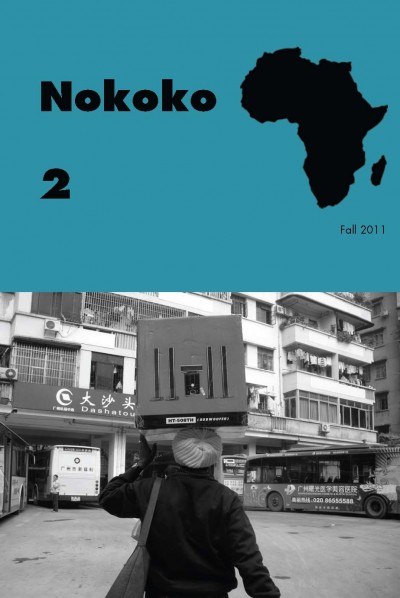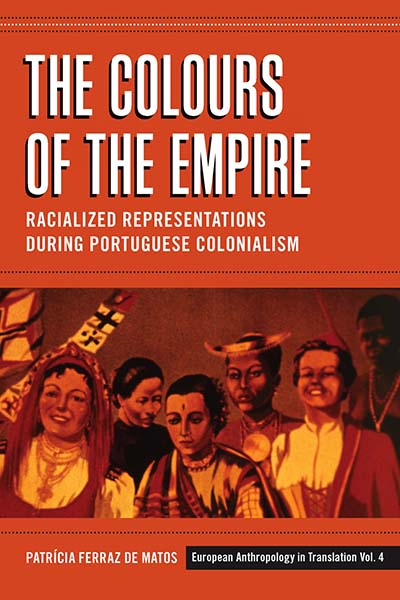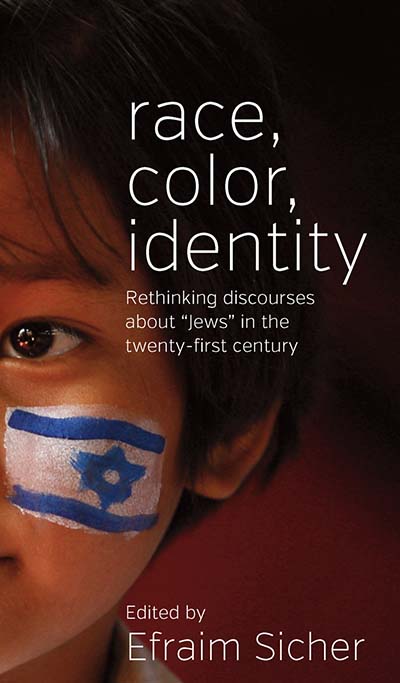Goree: of Slavery, Signares and Foreigners with CashPosted in Africa, Articles, History, Media Archive, Slavery on 2013-11-15 01:47Z by Steven |
Goree: of Slavery, Signares and Foreigners with Cash
dofo kow/ߘߝߏ ߞߏ ߎ/history matters
2013-01-16
Two of the hottest Hollywood films out right now deal with American slavery, “Lincoln” and “Django Unchained.” The history of slavery in the United State is once again in mainstream cultural vogue, this time with A-list directors Stephen Spielberg and Quentin Tarantino putting this difficult subject before popular audiences in new ways.
So it was an interesting time to visit Goree Island, off the coast of Dakar, Senegal. The small volcanic formation off the western tip of Senegal (Dakar’s skyline is clearly visible from the island) was unoccupied when Portuguese traders first came there in the 15th century, using it as a base from which to trade in gold with Africans, but then becoming the first among many Europeans after them to focus on trading slaves.
The settled part of Goree Island is so small you can walk leisurely around it in two hours or so. The biggest chunk of the tourist crowd that travels over daily by ferry from Dakar do just that before returning the same day. Every day. Like clock work. Beginning with the first ferry crosses over about 10:30, ferries arrive every two hours dumping groups of FWC (“Foreigners With Cash”) onto the island famously associated with the Atlantic slave trade—although historians say the island played only a small role, contrary to popular belief…
…There is still much about this house in particular, and the island in general, that I am still learning. But the “Maison des Esclaves” appears to have been owned by Anne Pepin, a Senegalese signare, one of a wealthy class of mulatto women who were critical to business transactions between Africans and Europeans throughout this part of the African coast. (In other words, according to some American black nationalist interpretations, and the old fashioned American racial logic of the “one-drop” rule, I was basically standing in the foyer of a black woman’s house!) It is still unclear who built the house (help me out if you know) whether it was Anne and her husband, or her brother Nicholas. Anne was reportedly the lover to the island’s French governor in the late 18th century, Chevalier de Boufflers, to the apparent humiliation of his wife, Ann Sabran. It was Anne Pepin’s niece, Anna Cola, who is depicted (in the lower left, wearing the white shawl) in an image of the home in 1839 about a generation after Anne Pepin lived.
Usually, the offspring of European men and African women, signares typically became the “local wives” of European traders who were valued for their family connections to local Africans as well as their facility with European language, culture and entree into the transient European society. Signares were frequently slave traders, slave owners and active in any number of other lucrative trades such as the trades in gum Arabic, in cloth and other commodities. Because of their wealth and location within a web of gendered, racialized social and economic relations, signares (from the Portuguese ‘senhora’ or ‘lady’) were often the figurative and literal “belles of the Ball,” on Goree. In coastal settlements from the Senegal river to Freetown, Sierra Leone, they were key figures in trade between Africans and Europeans. Tastemakers, they are often represented in drawings and paintings from the period draped in varied and expensive fabrics and jewelry…
Read the entire article here.


